Transmission - Arnold User Guide
- Weight
- Color
- Depth
- Scatter
- Scatter Anisotropy
- Dispersion Abbe Number
- Dispersion Scale
- Shadow Density
- Transmit AOVs
- Dielectric Priority
Weight
Transmission allows light to refract through the surface into the base dielectric beneath, for transparent materials such as glass, crystals, and liquids. It is the mix weight between translucent base dielectric and opaque (subsurface or diffuse) base dielectric.
The interior of the base dielectric can be specified with or without an absorbing and scattering volume. This is useful for modeling materials ranging from clear or colored absorbing-only glass and liquids to translucent materials with visually significant scattering, such as honey, fruit juice, murky water, opalescent glass, or milky glass.
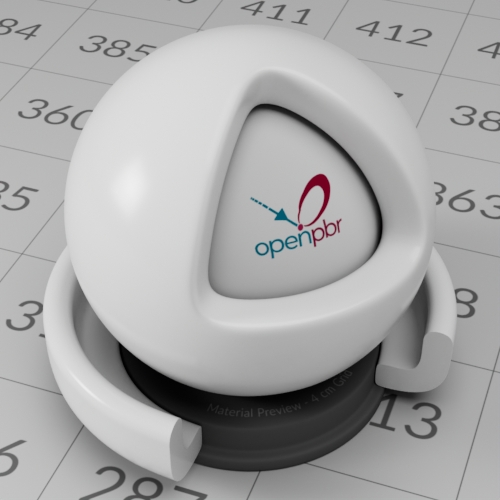 |
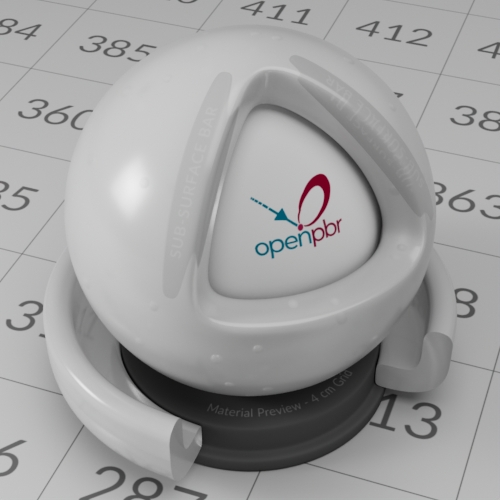 |
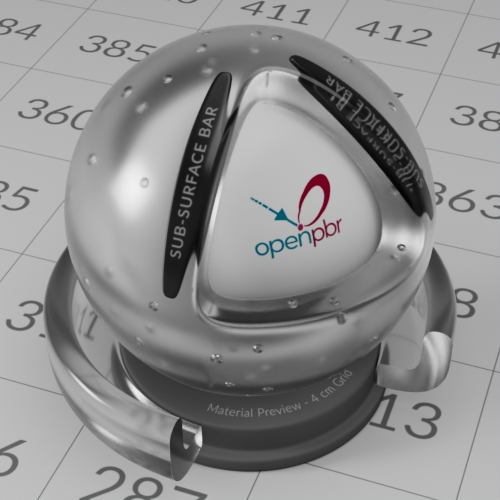 |
| 0 (default) | 0.5 | 1 |
If you can only see black where there should be transparency, you may not have a high enough refraction ray depth value (found in the Ray Depth section of the Render Settings. The default value is two.
The Opaque flag is set automatically by changing the Opacity or Transmission on a material.
Color
Specifies the Transmission Color due to volumetric absorption in the medium, at the specified Transmission Depth.
The longer light travels beneath the surface, the more it is affected by the Transmission Color. Therefore, green glass gets a deeper green as rays travel through thicker parts. The effect is exponential and computed with Beer's Law. It is recommended to use light, subtle color values.
If you use a fully saturated color like (1, 0, 0), this means that all red light is allowed to pass through, and no green and blue light. Transmission Color component values near 0 make the interior of the mesh extremely dense in order to block almost all the light. Fully saturated colors for Transmission Color are thus not recommended as they correspond to infinite density.
If the Transmission Depth is zero, the color instead functions as a non-physical tint of the refracted light.
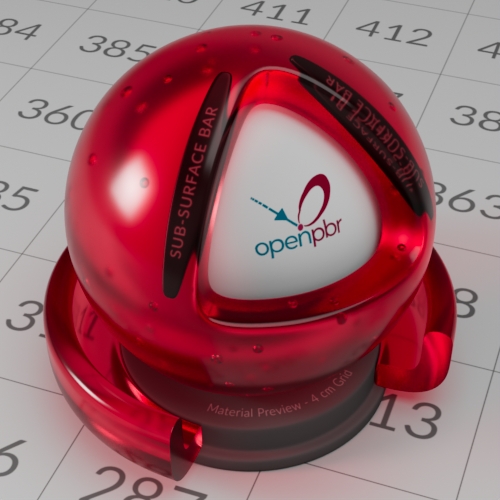 |
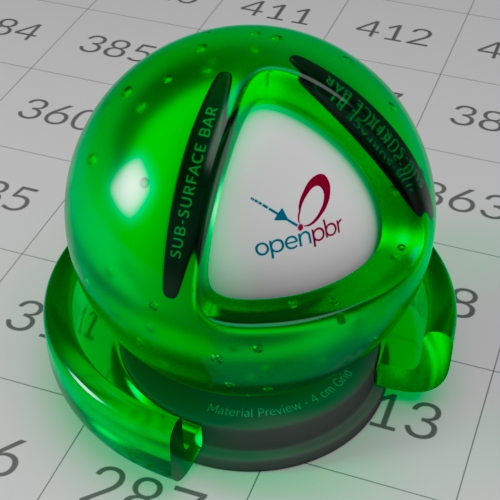 |
 |
| Red | Green | Blue |
Depth
Controls the depth into the volume at which the Transmission Color is realized due to Beer's Law. Increasing this value makes the volume thinner, which means less absorption and scattering. It is a scale factor so that you can set a Transmission Color and then tweak the Transmission Depth to be appropriate for the size of your object.
 |
 |
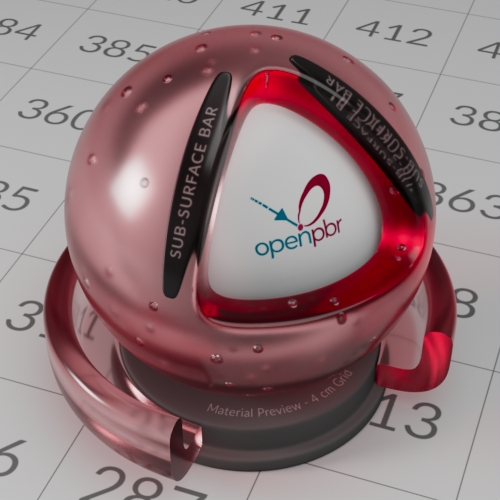 |
| 1 | 2 | 10 |
Transmission Depth is a world space length, so to achieve a certain appearance, the object length scale needs to be taken into account.
For a small object, one might need to set a quite low Transmission Depth, or for a big object a high one, in order to see significant absorption and scattering effects at the scale of the object. If you cannot see the effect of Transmission Depth, then you may need to adjust it based on the size of your scene.
For example, below, the volume seems opaque with a Transmission Depth of 1 (which is too small for the scale of this scene). Increasing the Transmission Depth fixes it (right image). It is recommended to model to a real-world scale to avoid these situations.
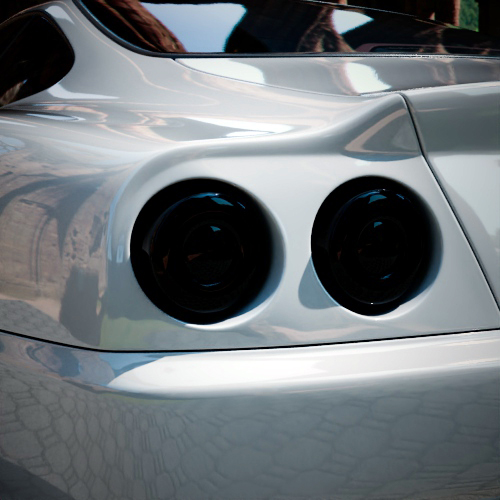 |
 |
| 1 | 100 |
Scatter
Transmission Scatter controls the amount of scattering that occurs inside the volume, per RGB channel, for materials such as fruit juice, honey, deep water, ice, or milky glass.
 |
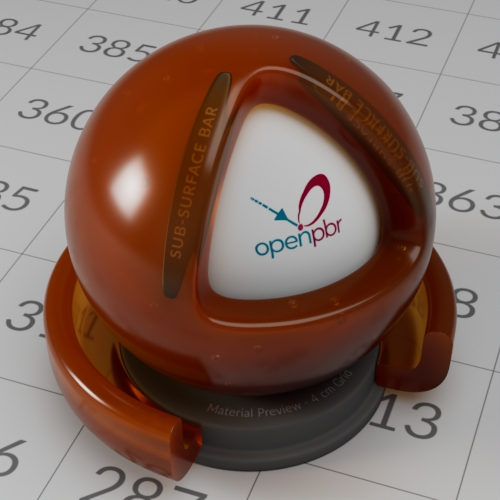 |
| Black (default) | Orange (suitable for thick viscous liquids like honey) |
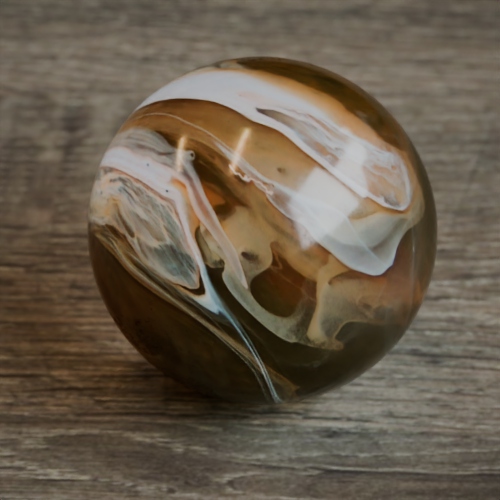 |
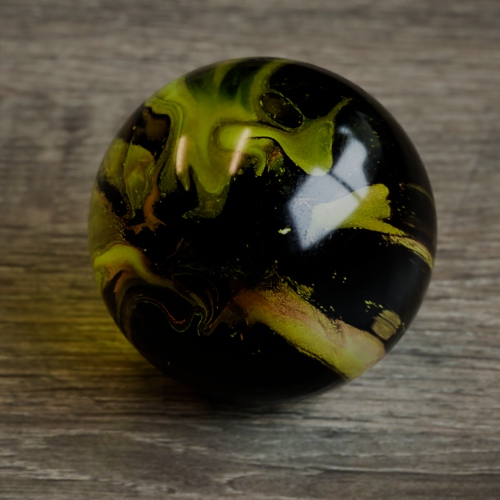 |
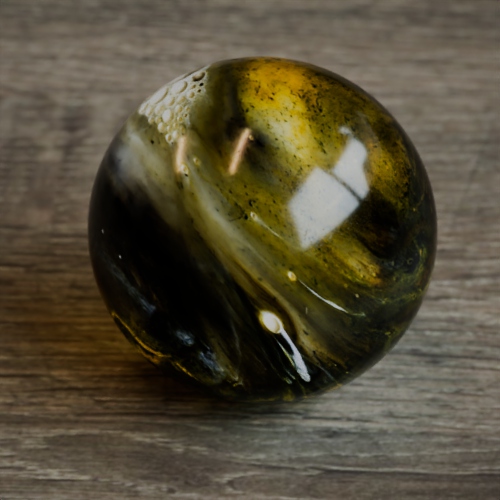 |
Image > Transmission Scatter and Transmission Color. A video tutorial can be found here.
Scatter Anisotropy
The directional bias, or anisotropy, of the scattering. The default value of zero gives isotropic scattering so that light is scattered evenly in all directions. Positive values bias the scattering effect forward, in the direction of the light, while negative values bias the scattering backward, toward the light.
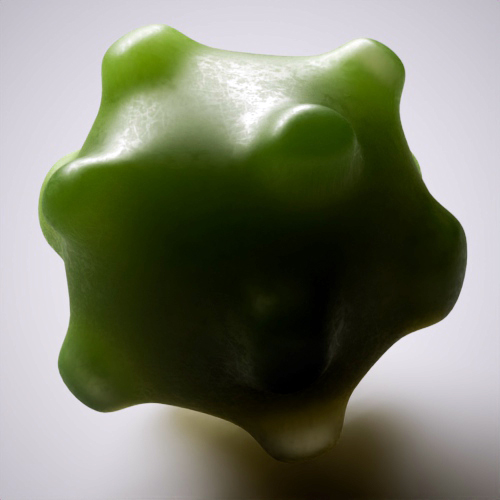 |
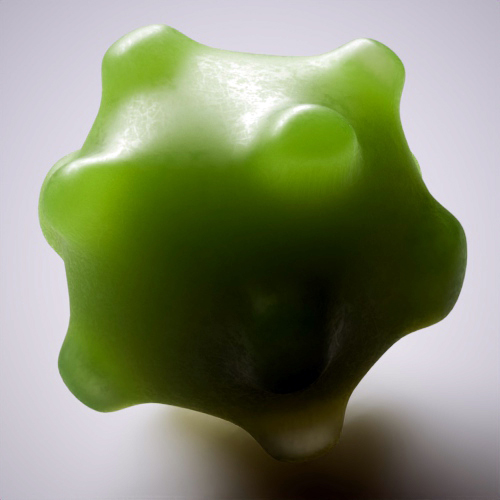 |
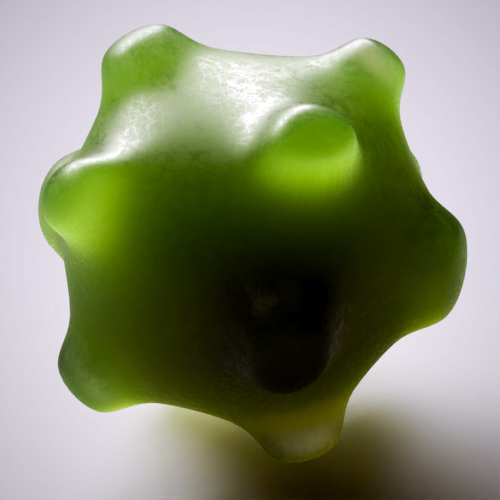 |
| -0.5 | 0 (default) | 0.5 |
Dispersion Abbe Number
Specifies the Abbe number of the base dielectric material, which describes how much the index of refraction varies across wavelengths. This "dispersion" results in visible color bands in the refraction.
For glass and minerals, the Abbe number is typically in the range of 10 to 70, with lower numbers giving more dispersion. The default value is 20, a mid-range value. Note that the transmission Dispersion Scale defaults to zero, which turns off dispersion.
The chromatic noise can be reduced by either increasing the global Camera (AA) samples or the Transmission samples.
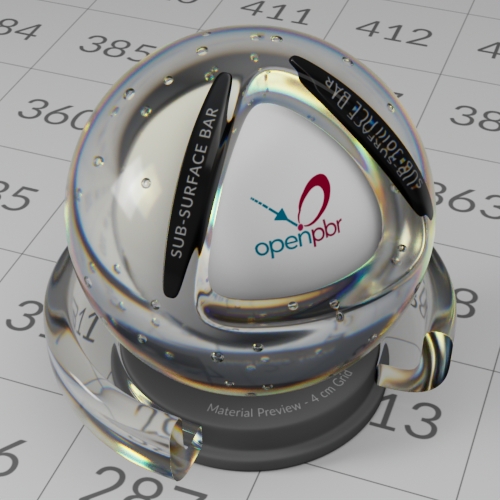 |
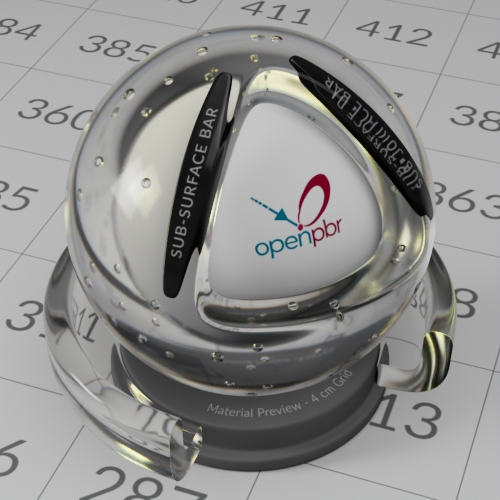 |
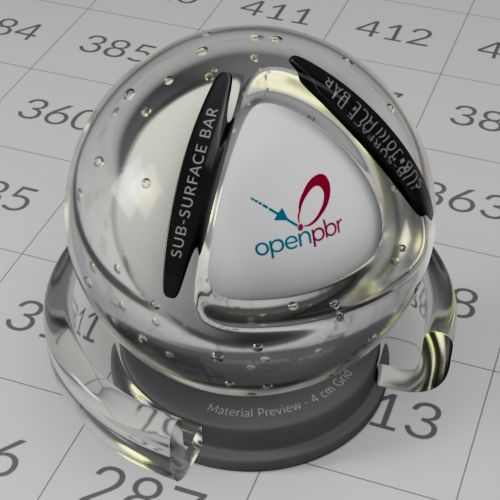 |
| 9 | 55 (diamond preset) | 92 (sapphire preset) |
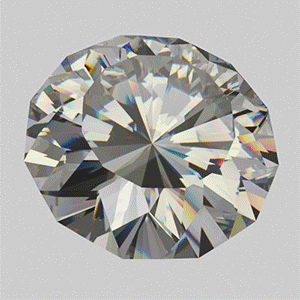
Transmission Dispersion is ideal for gemstone materials like diamond
Dispersion Scale
For convenience, this provides a linear scale factor of the dispersion amount for a given Abbe number.
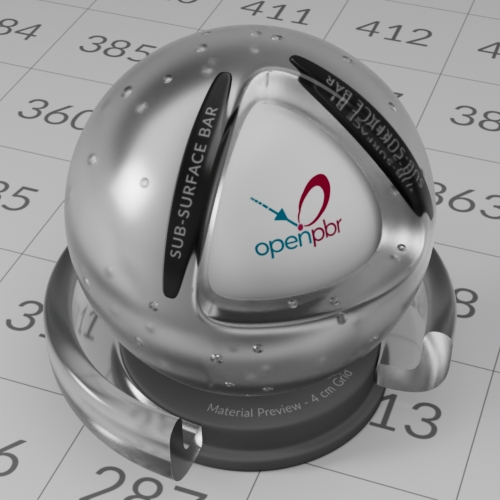 |
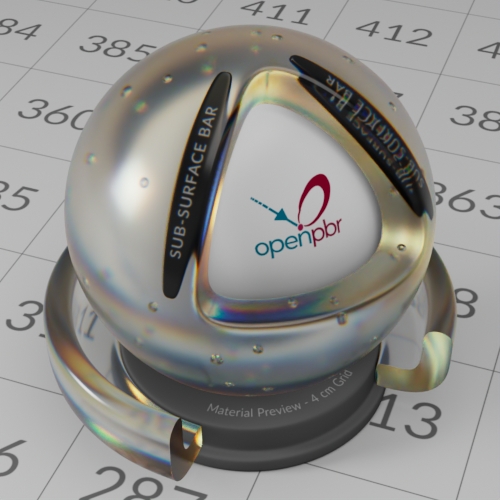 |
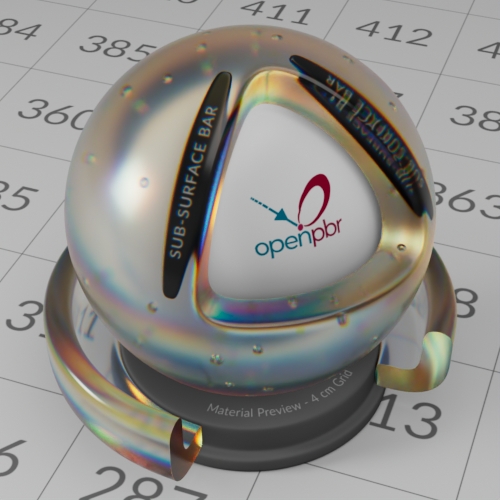 |
| 0 (default) | 0.5 | 1 |
Shadow Density
Controls the darkness of the shadow cast by transmissive objects. The shadow is totally dark at 1, and absent at 0. The default value of 0.5 gives a plausible look in most cases.
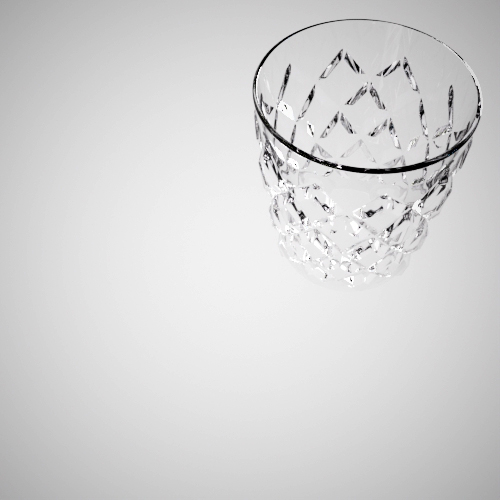 |
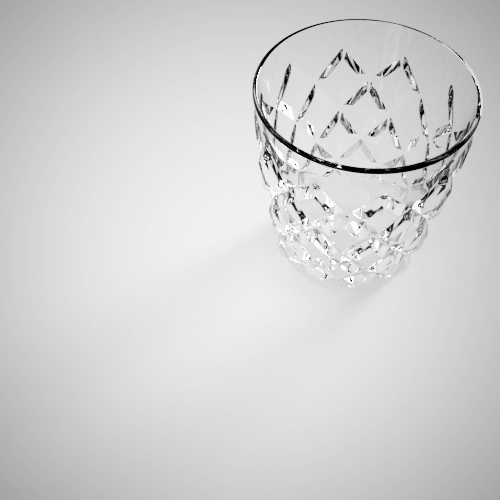 |
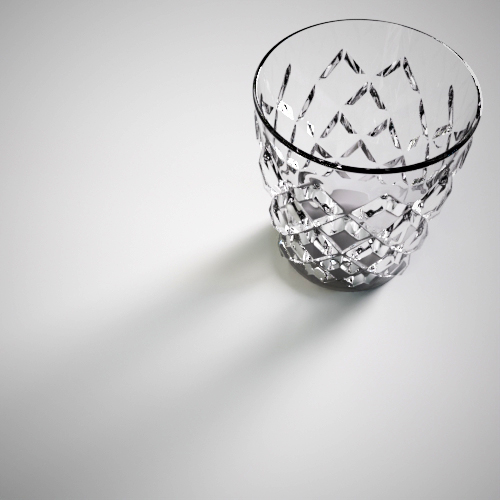 |
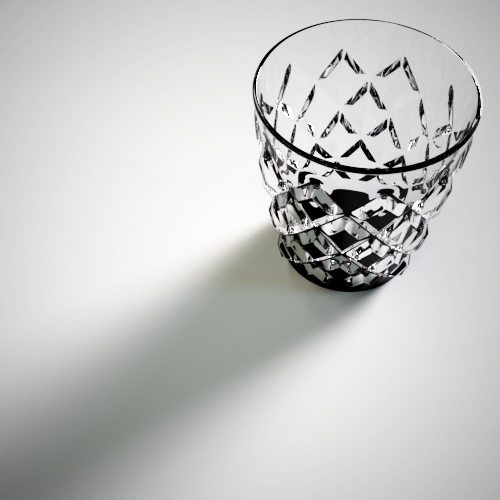 |
| 0 | 0.5 (default) | 0.9 | 1 |
Transmit AOVs
When enabled, Transmission will pass through AOVs. If the background is transparent, then the transmissive surface will become transparent so that it can be composited over another background. Light path expression AOVs will be passed through so that, for example, a diffuse surface seen through a transmissive surface will end up in the Diffuse AOV. Other AOVs can also be passed straight through (without any opacity blending), which can be used for creating masks, for example.
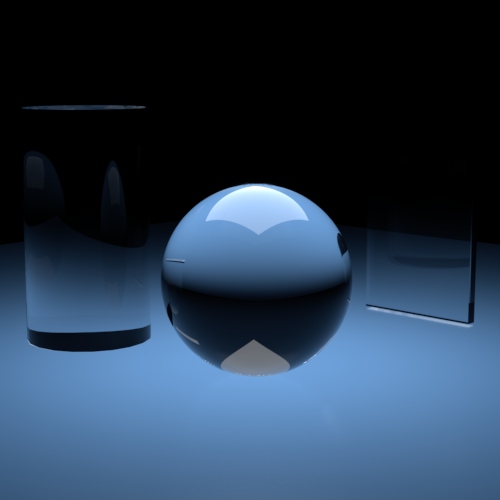 |
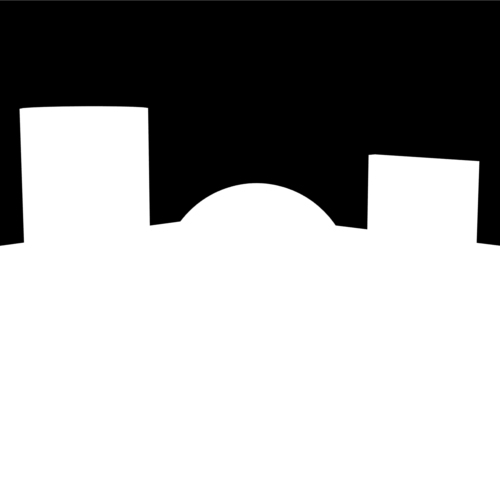 |
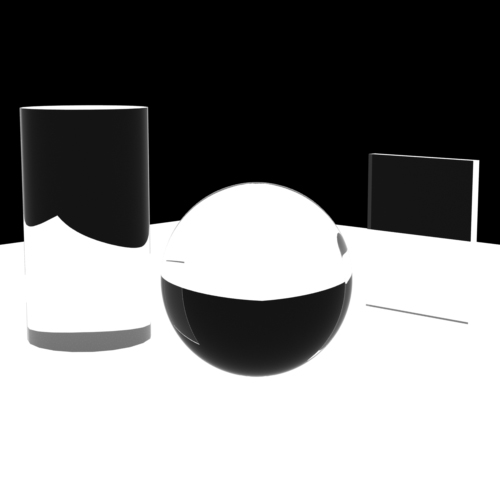 |
| Beauty | Disabled | Enabled |
Dielectric Priority
Specifies how to resolve overlapping dielectrics into a well-defined medium, so that higher priority (higher number) dielectrics override lower priority ones, which are effectively removed. This is used to correctly set up cases with adjacent dielectric media, such as a glass of water with ice.
Dielectric Priority is an integer (default 0) which can be positive or negative, where higher priority numbers override lower priorities. So, for example, if glass with priority 2 overlaps water with priority 1, then in the overlap region, only the glass survives. Negative priorities are allowed, so, for example, a priority 0 object would override priority -1 (as it may be convenient to use negative priorities sometimes to specify a lower priority medium than the default 0).
More information about Nested Dielectrics can be found here.
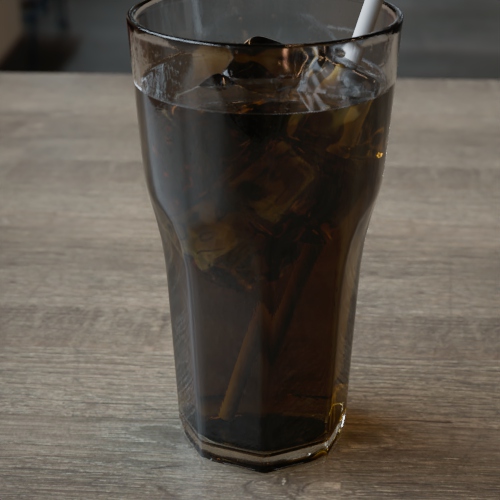 |
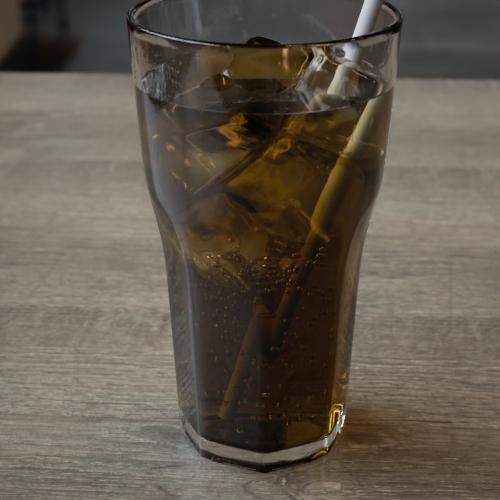 |
| Default Dielectric Priority: 0 (not physically correct) | Dielectric Priority: glass: 3, ice & bubbles: 2, liquid: 1. |
Nested Dielectrics is enabled by default and can be found in the Render Settings -> Sampling -> Advanced (Dielectric Priorities). You will notice changes to the look of old scenes. Disable this option if you wish to revert to previous non-physical results.
